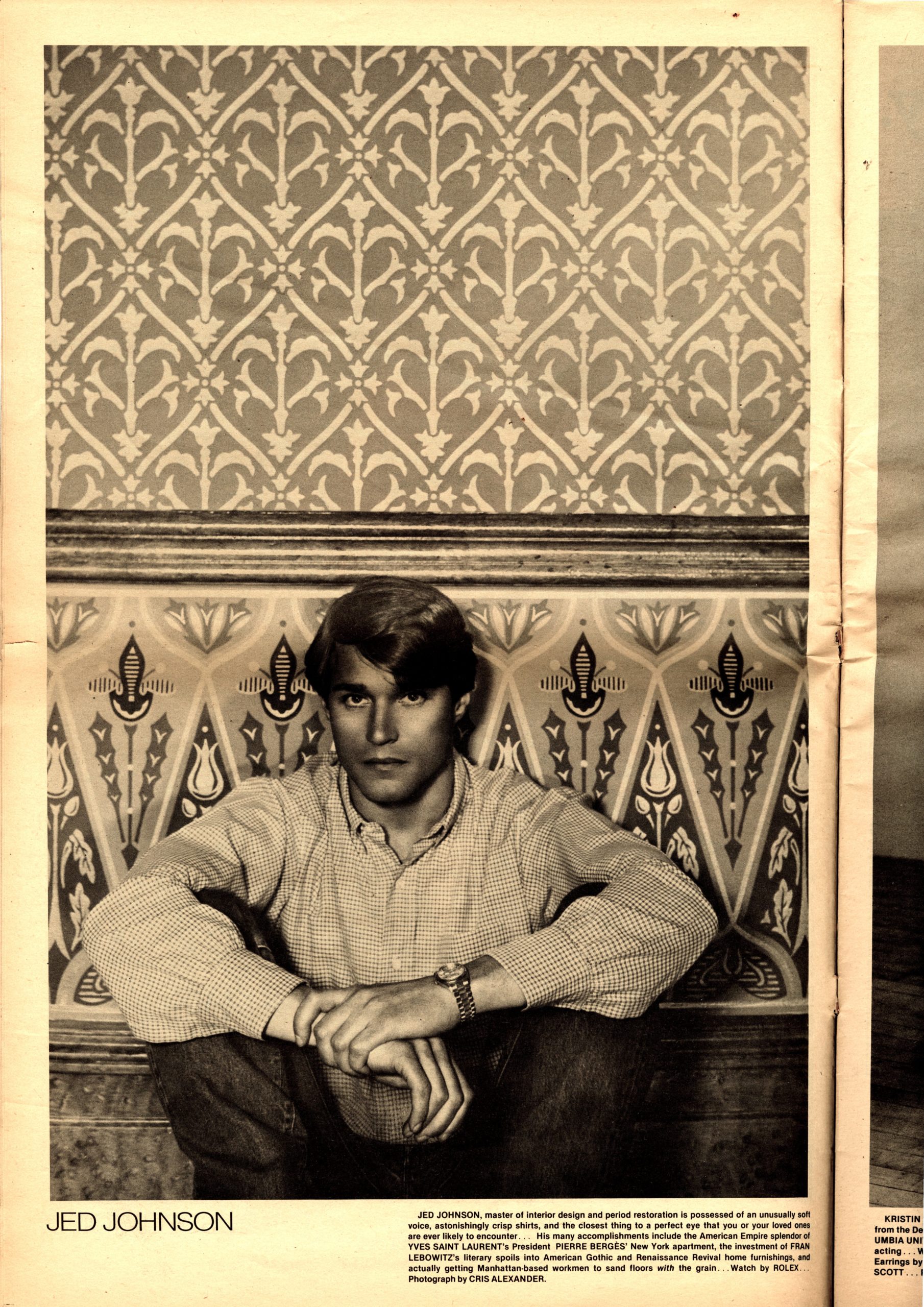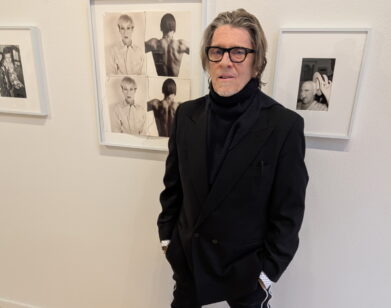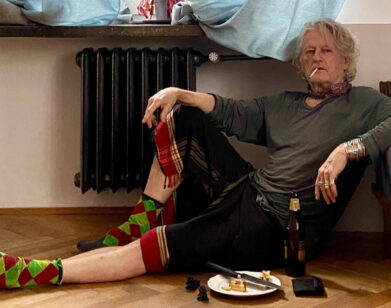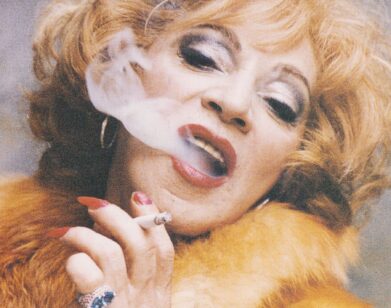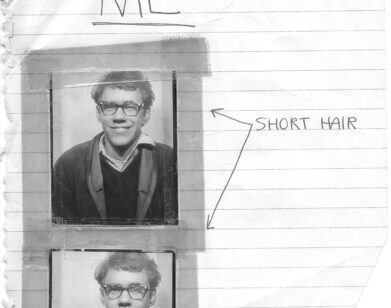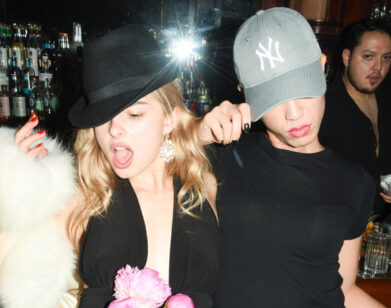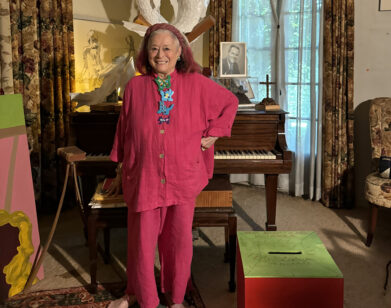thirstory
Meet Jed Johnson, the Man Who Stole Andy Warhol’s Heart
Before the release of Andrew Rossi’s acclaimed docuseries The Andy Warhol Diaries, few people outside the world of interior design knew much about Jed Johnson, or his relationship with Andy Warhol. Now, a few week’s since the show’s release, his is the name on everyone’s lips. The Minnesota native—who ultimately became an interior designer with a client roster of glitterati jet-setters like Jerry Hall, Mick Jagger, Pierre Bergé, and Yves Saint Laurent—moved to New York City in 1967 and found himself in Warhol’s orbit when he landed a job sweeping floors at the Factory. Like many before him, Johnson quickly graduated from janitorial duties into the Factory’s creative echelons. Noting Johnson’s eye for aesthetics and design, Warhol tapped him to edit Factory flicks including Heat and L’Amour, and to direct Bad in 1977. During their many collaborations, an intimate and complicated relationship emerged between the pair.
Despite years of companionship and cohabitation in Warhol’s E. 66th Street townhouse, the pair’s relationship deteriorated, as Jed’s twin Jay notes in Diaries, due to Warhol’s discomfort with his own homosexuality and skepticism about long-term relationships—and, of course, due to the advent of Studio 54. After the infamous nightclub opened in 1977, Warhol’s taste for partying, and for mischievous characters like Victor Hugo, caused a rift in his relationship with Johnson. The romance fizzled, but friends and former Factory members interviewed in the Diaries view the breakup as one of Warhol’s greatest regrets.
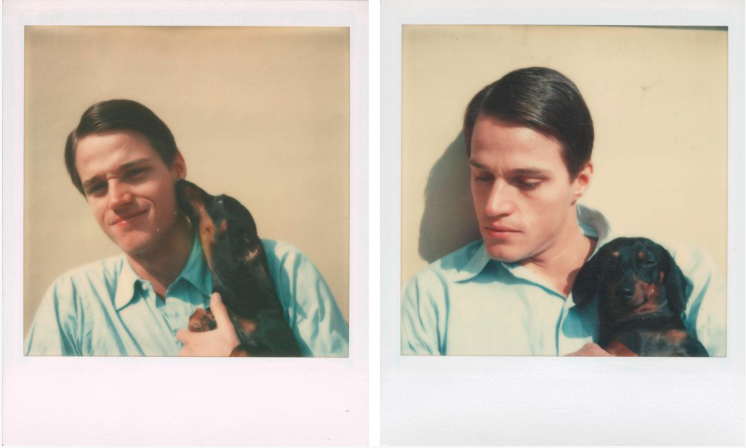
“Jed Johnson and Archie,” Executed circa 1975. Images courtesy of Christie’s.
Of the many images that Andy Warhol captured of Johnson, few personify the artist’s affection for his former lover quite like a pair of polaroids circa 1975. The images, of Johnson snuggled up to Archie (Warhol’s short-haired dachshund) squinting against the sun under a mop of brown hair, offer a glimpse into the intimate family life that the pair shared in their time together. When Johnson died in 1996’s fatal TWA 800 crash en route to Rome, Interview’s legendary editor in chief Ingrid Sischy remembered the life of her dear friend in the magazine’s Winter 1996 issue. Read Sischy’s homage to Johnson below.
———
“[Jed] Johnson, who died earlier this year on TWA Flight 800, has a very special place in the history of Interview. Before he became an interior designer, he was a member of “the Interview family” and he was also both the director and editor of a number of Warhol’s legendary films. More recently he and his partner, the architect Alan Wazenberg, created our offices, giving a sense of place and soul to our headquarters on which everybody who visits remarks. In general, the work of Johnson and Wazenberg stands out because it endows rooms with that most important of architectural qualities spirit. That spirit is very close to Johnson’s personal spirit. Like the work he did, Johnson was not flashy; instead he was deep, modest, sensitive, and wry.
But most of all he as someone you could totally put your trust in, someone who would never let you down. Once when I put my trust in him he taught me so much about the experience of trusting someone that to this day I find it coming back to me over and over again. I don’t ski and I don’t like heights, but a couple of Christmases ago these don’t reared their heads in Telluride, Colorado. It had been driving my friends nuts that I hadn’t seen the beautiful views that they’d all been enjoying for about a week, and I finally caved in and agreed to go up the mountain to join them one day (anything to get them off my back). Jed and I made a date to go together; the second I got on the chairlift I freaked.
Somebody else might have laughed, not Jed. He seemed to understand the fear in my head so profoundly that it actually calmed me. Because I trusted him, I went through with something that terrified me, ultimately allowing me to see the world from the top for a minute. I think of that gift of his trustworthiness as I write this letter. Trust is something people don’t seem to speak about much these days, but it is critical to almost every aspect of our lives, whether we’re talking about our most intimate relationships or ones as distant and far-reaching as those we have with the people who lead and govern us. Trust in others has not exactly been a slogan of our times, but as Johnson showed me, it should be.”

